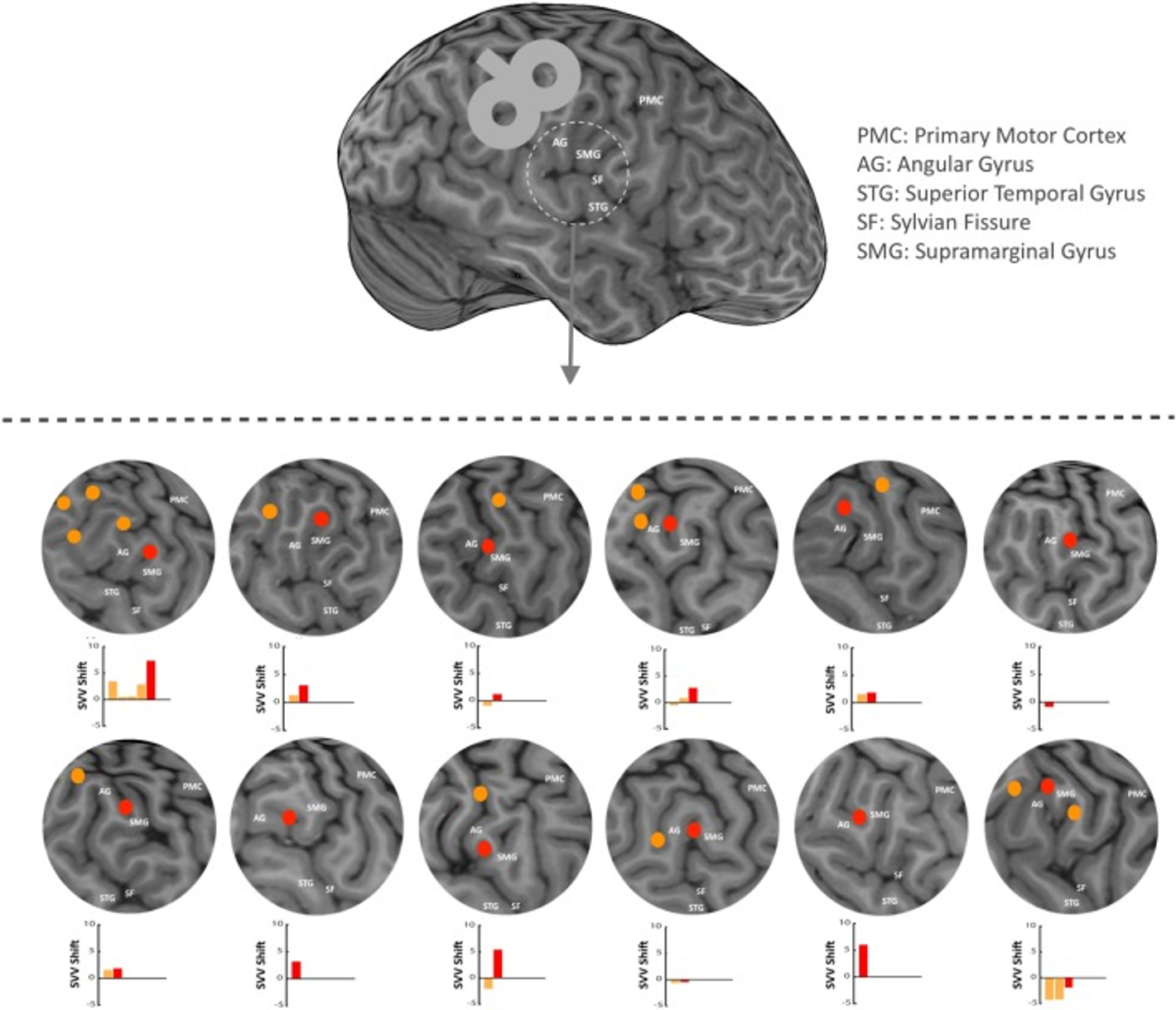
//
Exploring the Role of Temporoparietal Cortex in Upright Perception and the Link With Torsional Eye Position.
Search
Try Notion
Exploring the Role of Temporoparietal Cortex in Upright Perception and the Link With Torsional Eye Position.
Authors text
Otero-Millan, Jorge, Winnick, Ariel, Kheradmand, Amir
Journal/Book
Front Neurol
Year
2018
Abstract
Upright perception is a key aspect of orientation constancy, as we maintain a stable perception of the world despite continuous movements of our eyes, head and body. Torsional position of the eyes can impact perception of upright by changing orientation of the images on the retina relative to gravity. Here we investigated the role of temporo-parietal cortex in upright perception with respect to ocular torsion, by means of the inhibitory effect of continuous theta burst transcranial magnetic stimulation (TMS). We used a subjective visual vertical (SVV) paradigm to track changes in upright perception, and a custom video method to track ocular torsion simultaneously. Twelve participants were tested during lateral head tilt of 20o to the left. TMS at the posterior aspect of the supramarginal gyrus (SMGp) resulted in an average SVV shift in the opposite direction of the head tilt compared to sham stimulations (1.8o). Ocular torsion following TMS at SMGp showed no significant change compared to sham stimulations (-0.1o). Thus, changes in upright perception at SMGp was dissociated from ocular torsion. This finding suggests that perception of upright at SMGp is primarily related to processing sensory inputs, as opposed to subcortical regions that have direct influence over ocular torsion.
Citation
Front Neurol. 2018 Apr 6;9:192.
Broad Topic
Vision while moving